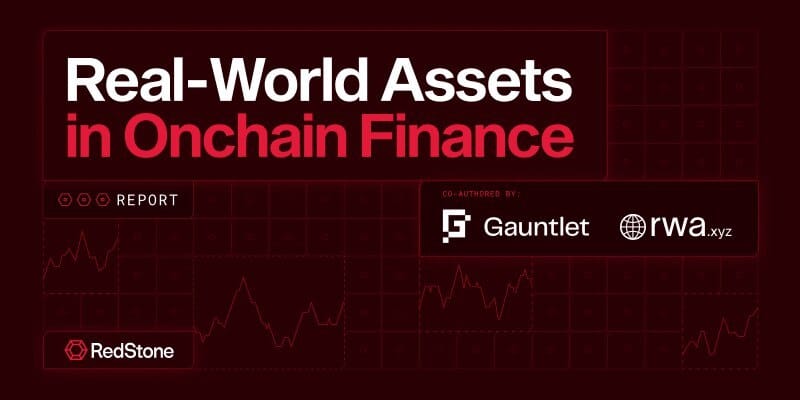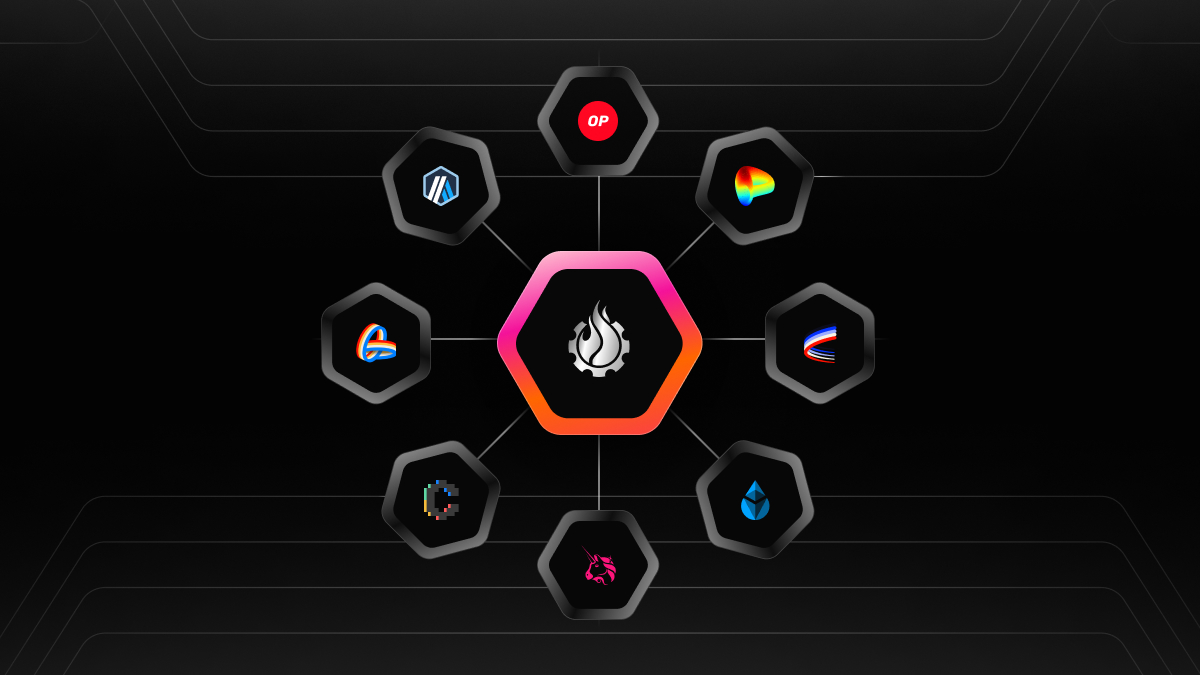- The Edge Newsletter
- Posts
- Navigating The World of Ethereum L2s According To L2BEAT
Navigating The World of Ethereum L2s According To L2BEAT
How Layer 2s are categorized, secured, and evolving to scale Ethereum

Ethereum’s rollup-centric roadmap has given rise to rapidly growing ecosystem of Layer 2s that promise scalability without sacrificing decentralization. But as dozens of rollups, validiums, and hybrid constructions come online, it’s increasingly difficult to know which are truly trust-minimized and how they derive security from Ethereum’s base layer. That’s where L2BEAT comes in.
Built as a public good, L2BEAT provides verifiable, transparent insights into every active L2 and L3, measuring not just total value secured (TVS) but also the decentralization, data availability, and upgradeability risks each project introduces. Rather than competing with analytics dashboards like DeFiLlama, L2BEAT serves as a truth layer for Ethereum’s scaling stack, helping the community understand where projects stand in their journey toward full trust minimization.
In this new episode of The Edge Podcast, Bartek from L2BEAT breaks down how rollups are categorized into Stage 0, 1, and 2 systems, what separates a “strong” L2 from a “light” one, and why decentralization remains the most important metric of all.
Thanks to our sponsors for making it possible to create and share this content!
| CONTINUE BELOW FOR PODCAST LINKS |
UR, the world’s first money app built fully onchain, transforms Mantle Network into a purpose-built vertical platform, The Blockchain for Banking, that enables financial services onchain.
Listen to every episode of The Edge Podcast on Spotify, Apple, Pods, YouTube here!
🔗 Guest Links 🔗
► L2BEAT website: l2beat.com
► Support L2BEAT: l2beat.com/donate
► L2BEAT on X: x.com/l2beat
► Bartek on X: x.com/bkiepuszewski
Follow @DeFi_Dad on X (Twitter)
Follow @Nomaticcap on X (Twitter)
Subscribe to The Edge Podcast via Linktree
Watch The Edge Podcast on YouTube
Collect every episode onchain on Pods










Reply